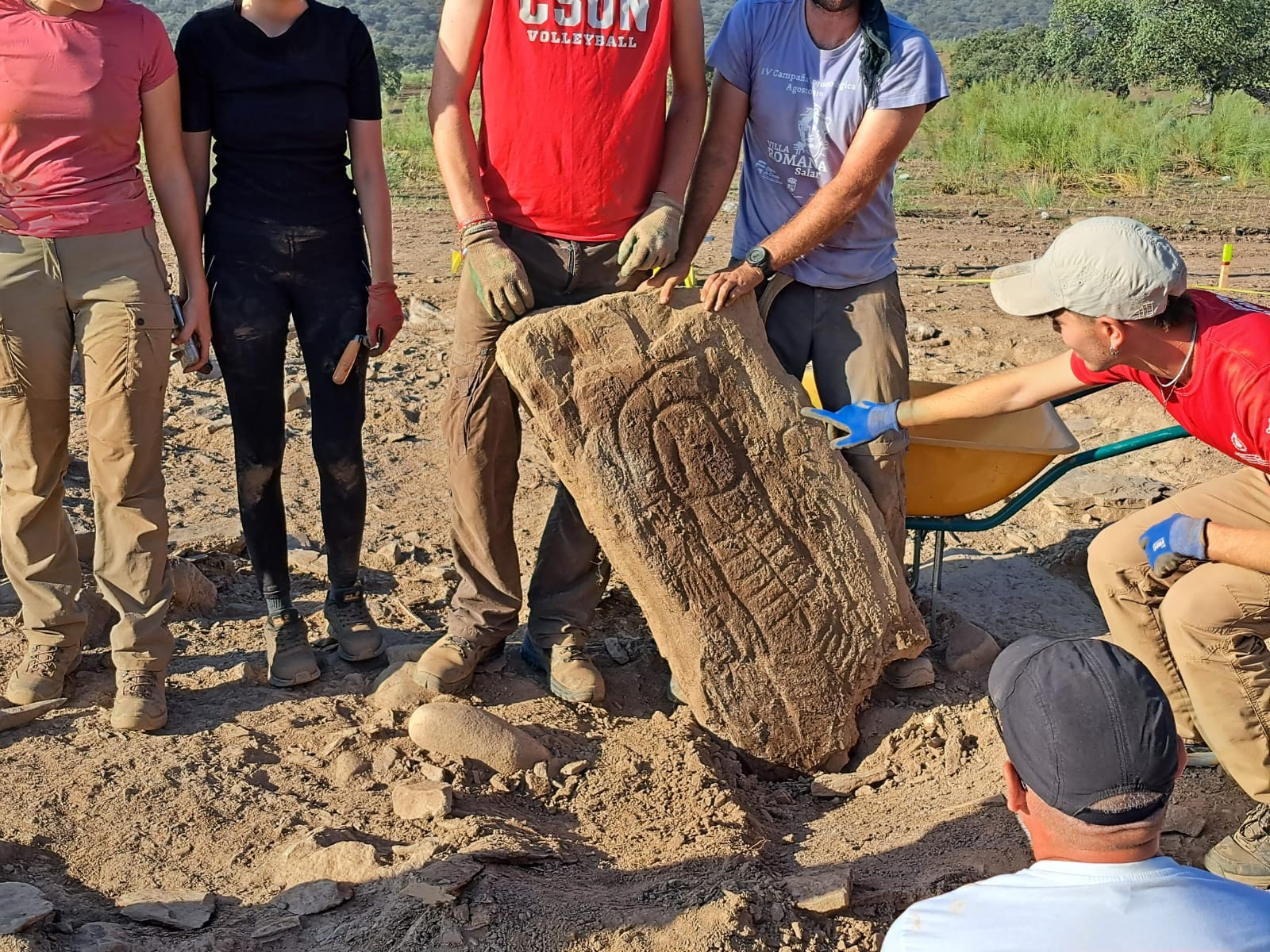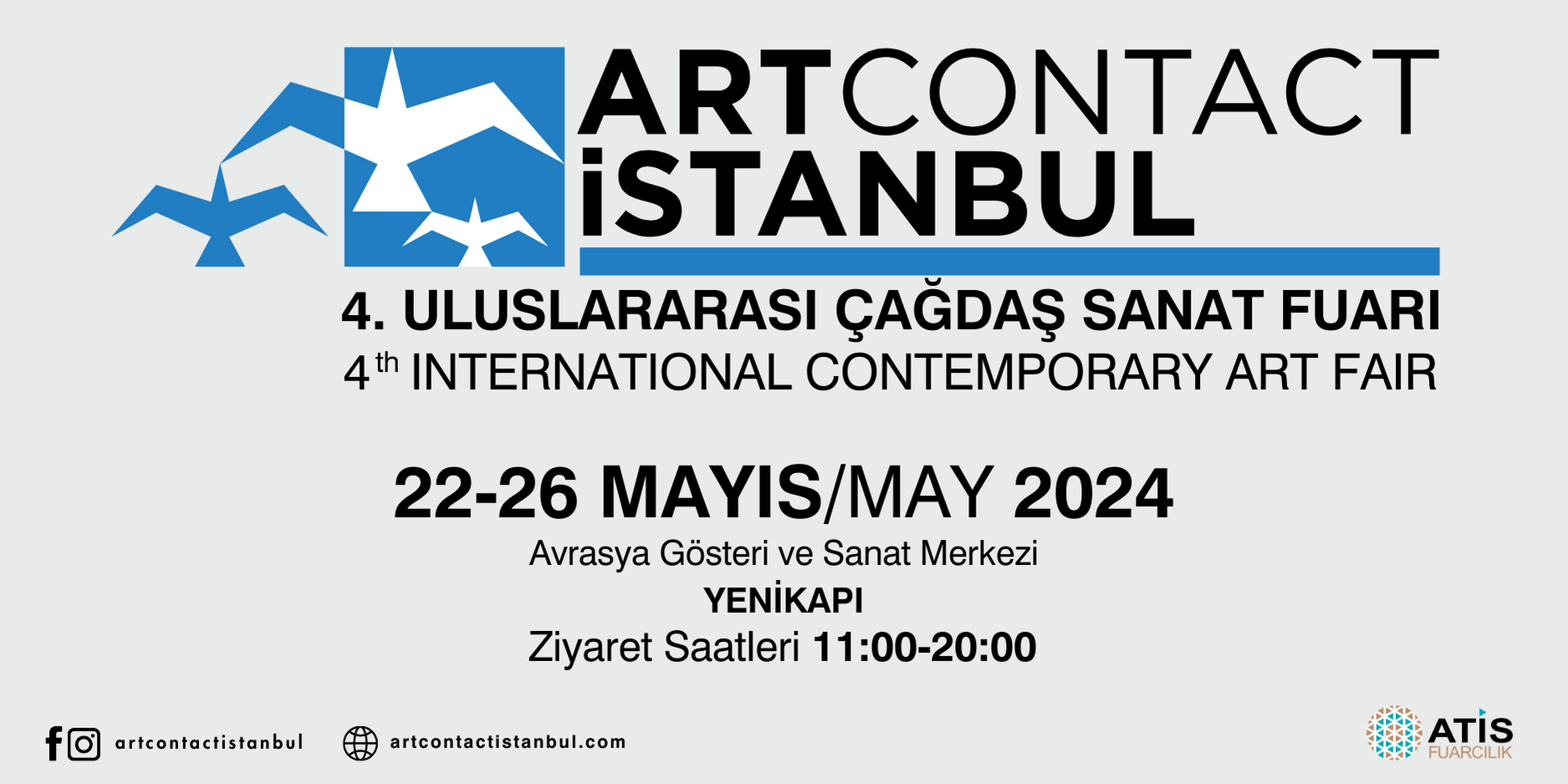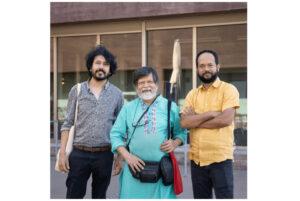A recently discovered funerary monument from the Bronze Age in Spain is illuminating prehistoric ideas about gender. The object, known as a stela, is a carved commemorative stone that depicts a figure wearing a headdress and necklace, and sporting male genitalia. The figure is also shown carrying two swords. Previous research suggested that headdresses and necklaces were associated with female identity, while swords were associated with male identity. However, the presence of both adornments in the roughly 3,000-year-old carving indicates that Bronze Age societies may have had a more fluid understanding of gender roles.
In September, archaeologists from England and Spain discovered an object together with cremated human remains at the Las Capellanías necropolis in Cañaveral de León. The project is being led by Professor Marta Diaz-Guardamino from Durham University, assisted by David Wheatley from the University of Southampton and Leonardo Garcia Sanjuan from the University of Seville. The research also involved graduate and post-graduate students from the Universities of Seville, Durham and Huelva.
“Las Capellanías is demonstrating that many of our assumptions were wrong,” Díaz-Guardamino told Spanish news outlet El País. “These investigations mark a before and after in the scientific interpretation of these beautiful prehistoric sculptures.” She added that the recent discovery “questions previous interpretations concerning the gender of the figures represented.”
In Iberia, stelae are thought to have communicated legends. According to the researchers, the stela’s mixture of male and female attributes could suggest that those myths conveyed fluid notions of gender in their portrayal of heroes and heroines.
The newly unearthed artifact is the third stela to be discovered in Cañaveral de León. Workers found the first in 2018 while conducting maintenance on a rural road. The find prompted a wider excavation in the immediate vicinity, and in 2022, archaeologists unearthed the nearby necropolis. That same year, they uncovered an additional stela. All three artifacts found at the site depict warriors, as signified with imagery including swords and shields.
While around 150 stelae have been found in the region of Iberia as a whole, only the two uncovered recently at Las Capellanías were discovered within their original funerary context. Often, farmers instead find the artifacts alone in their fields.
Though the recent discovery challenges scholars’ interpretations of Bronze Age gender norms, the ongoing excavation illuminates other aspects of the prehistoric community in Cañaveral de León as well. The necropolis was found near the pathway that linked Bronze Age settlements in the region, suggesting the object was used to mark territory in addition to commemorating the dead.













